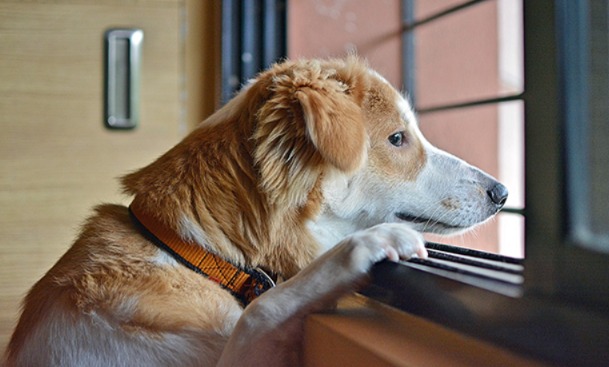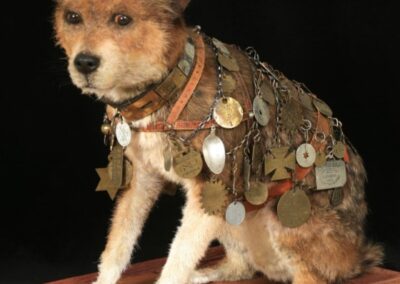
Let’s cut to the chase: separation anxiety in dogs is not just whining or a chewed-up slipper. It’s a daily meltdown—an existential horror show for your pup when even the threat of your departure sends them into panic.
But here’s the kicker—this horror show can be dismantled. With precision. With patience. And yes, with some damn sweat equity.
First, understand this: your dog’s mirrored soul isn’t defective—it’s asking for help. According to PetMD, the goal is twofold: teach your dog that alone isn’t scary, and help them relax when you’re not around.
That’s not fluff—that’s the mission.
Start Small: Desensitize Like a Wizard
The magic begins with baby steps. Fleeting goodbye gestures—picking up keys, stepping toward the door—then stopping. Rinse. Repeat. No departure. No panic.
That’s called systematic desensitization—teach your dog that those cues don’t always mean doom.
And get this: if you overdo this—making them anxious, leaving them too soon or too long—you can blow up the foundation you’re building. So you must never leave a dog alone before they’re ready
The Real Secret Weapons: Fuel & Fatigue
Step one: let that dog trot or fetch the energy out—unless you want a tornado where calm should be. ASPCA says a tired, mentally stimulated dog will probably sleep through your absence instead of panicking
Play brain games. Sniff hunting, treat puzzles—mental exercise can literally tire them out better than a walk.

Make Departures a Silent Invasion—not a Broadway Production
You’re not allowed to erupt like Zeus leaving Olympus. Keep departures and returns understated. No theatrics, no excuses. Let your exit be invisible, your return calm.
Peace before the storm—or in this case, after it.
Build an Emotional Safe Zone
Crate training isn’t about punishment. It’s about establishing a snug, personal hideaway your dog actually wants to retreat into—not forced—over time.
Whether crate or mat in a room, give them a spot that whispers safety—blanket with your scent, toys, white noise, radio chatter. Turning on a low-volume talk show can trick them into thinking ground control didn’t abandon them.
Counterconditioning: Turn “Goodbye” Into a Signal for “Something Good Happens”
This is clever. Give them the best treat, a frozen kong, or puzzle toy when you leave. The bad word “goodbye” becomes a precursor to awesome, chew-your-duck-in-peace time.
Support from the Shadows: Supplements & Medication
Sometimes, adding a pheromone diffuser (like Adaptil/DAP) isn’t pampering—it’s practical. It mimics calming scents puppies get from their mother and can substantially lower anxiety in some dogs.
In gnarly cases—dogs self-harming, destroying doors, injuring themselves—medication alongside training might tip the scale back toward trust.

Routine, Schedules, and No Surprises
Dogs crave patterns. If mornings are chaos and departures random, anxiety spikes. Set a daily rhythm: walk, feed, leave at consistent times. Familiarity = less dread.
When to Call for Backup
If your dog is still melting down after baby steps, don’t guess—get a pro. Look for a Certified Separation Anxiety Trainer or Veterinary Behaviorist.
They’ll tailor the puzzle piece training and, if needed, bring meds into the mix.
Separation anxiety isn’t a minor quirk—it’s a living, writhing fear, cut from trauma, biology, and over-dependence. But remember: it’s not a death sentence.
You’re not just training their brain—you’re rewiring fear into trust.
Dog. Alone. Not anxious. You can get there.
One calm surge. One silent exit. One solved puzzle toy.
One scared dog learning that yes, goodbyes don’t always end in heartbreak—sometimes, they start peace.



